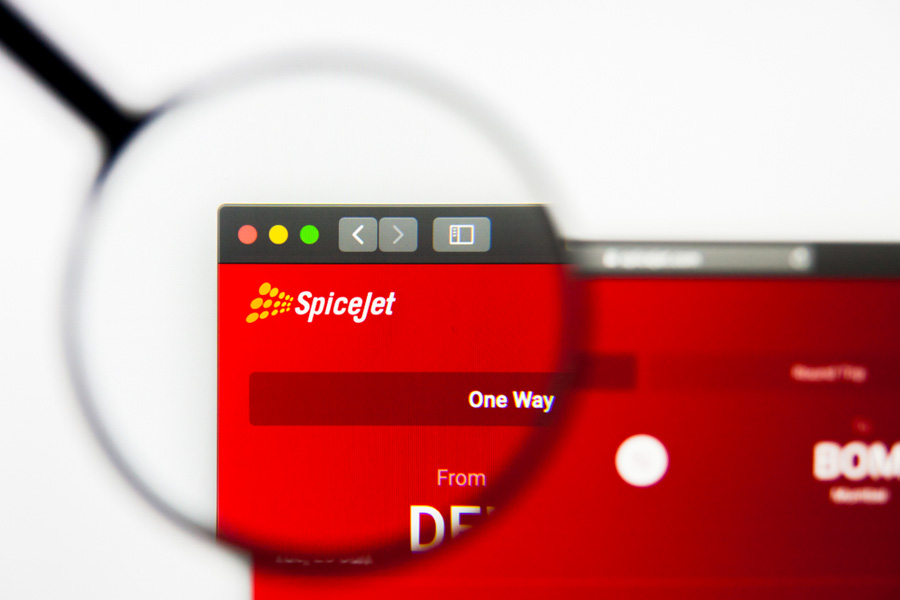New Delhi, Oct. 3: The new accounting standard on intangible assets—AS 26—which will come into force next April looks set to phase out deferred revenue expenditure.
“After AS 26 comes into effect, there will hardly be an item in the account books that will be treated as deferred revenue expenditure; it will either be expenses or taken as an intangible asset,” said Avinash Chander, technical director of the Institute of Chartered Accountants of India (ICAI).
If the expenditure in question is on an ‘intangible item’ which does not fit the definition of an intangible asset, then it will have to be expensed in that year’s account book, however if it is classified as an ‘intangible asset’ then it can be amortised over its useful time.
Chander says the prime areas that the AS 26 will cover are the acquisition of rights, including patent rights and copyrights as also licences obtained for specific periods of time. “The AS 26 will have maximum impact in industries which are governed by intellectual property rights (IPRs),” he said.
“The impact seems to be maximum in industries such as the pharmaceutical industry, the entertainment and information technology industries as also cell phone companies,” said Chander.
“AS 26 will supersede the AS 8 on accounting for research and development as also certain portions of AS 6 on depreciation accounts and AS 10 on accounting for fixed assets,” said Pankaj Chadha, director Ernst & Young. “After AS 26 comes, all R&D expenses will be covered by it,” said Chander.
However, intangible assets covered by other accounting standards will not come under the ambit of AS 26. These include deferred tax assets, which are now covered by AS 22 as well as leases, goodwill, inventories or other contracts. Financial assets are also outside its purview.
From April next year, AS 26 will be mandatory for listed enterprises and those in the process of being listed and other enterprises whose turnover exceeds Rs 50 crore. For all other enterprises, it will become mandatory from April 2004.
“While the acquisition of brands, which can be a very costly proposition, will be recognised as an intangible asset, AS 26 is structured in such a way that internally generated brands will not be recognised as intangible asset,” said Chander.
ICAI says the objective of AS 26 is to prescribe accounting treatment for intangible assets that are not specifically covered in another accounting standard. An enterprise can recognise an intangible asset only when stipulated criteria are met.
AS 26 also specifies how to measure the carrying amount of intangible assets and requires certain disclosures about the intangible assets.










